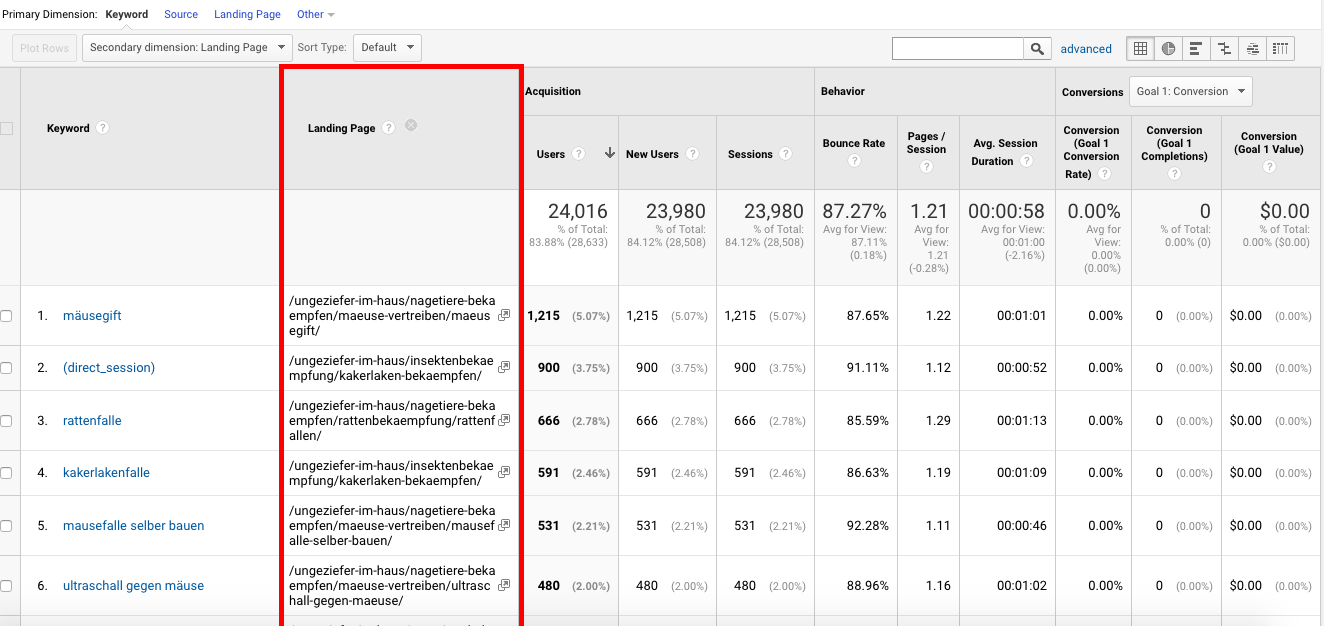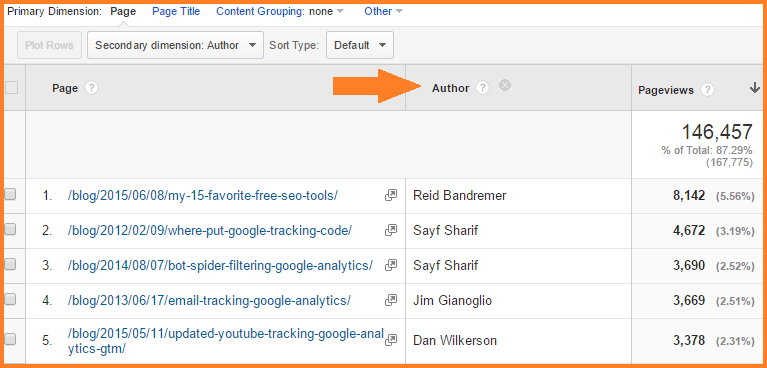Getting My What Is A Secondary Dimension In Google Analytics To Work
Table of ContentsThe Ultimate Guide To What Is A Secondary Dimension In Google AnalyticsThe Only Guide to What Is A Secondary Dimension In Google AnalyticsThe Basic Principles Of What Is A Secondary Dimension In Google Analytics The Single Strategy To Use For What Is A Secondary Dimension In Google Analytics10 Easy Facts About What Is A Secondary Dimension In Google Analytics ExplainedSome Known Factual Statements About What Is A Secondary Dimension In Google Analytics
If this does not seem clear, below are some examples: A transaction takes place on a web site. Its measurements can be (but are not limited to): Purchase ID Coupon code Latest website traffic resource, etc. A customer visit to a site, and also we send the event login to Google Analytics. That occasion's personalized measurements could be: Login approach Individual ID, and so on.Even though there are several dimensions in Google Analytics, they can not cover all the possible situations. Therefore custom-made dimensions are required. Things like Web page URL are universal and also use to numerous instances, yet suppose your service markets on-line courses (like I do)? In Google Analytics, you will certainly not locate any kind of dimensions relevant especially to on-line courses.

9%+ of businesses making use of GA have absolutely nothing to do with courses. And that's why anything relevant specifically to online programs ought to be configured manually. Get In Personalized Capacities. In this article, I will not dive deeper right into customized measurements in Universal Analytics. If you desire to do so, read this guide.
The What Is A Secondary Dimension In Google Analytics PDFs
The range specifies to which events the dimension will apply. In Universal Analytics, there were 4 extents: User-scoped custom dimensions are applied to all the hits of a user (hit is an occasion, pageview, and so on). If you send out Customer ID as a personalized measurement, it will be used to all the hits of that specific session And also to all the future hits sent out by that customer (as long as the GA cookie remains the same).
You could send out the session ID custom dimension, as well as also if you send it with the last occasion of the session, all the previous occasions (of the very same session) will certainly obtain the value. This is carried out in the backend of Google Analytics. measurement applies just to that certain event/hit (with which the measurement was sent out).
Even if you send multiple items with the same purchase, each product might have different values in their product-scoped custom dimensions, e. g.

Why am I telling you this? In Google Analytics 4, the session extent is no longer offered (at the very least in personalized measurements). If you desire to apply a dimension to all the events of a specific session, you have to send out that dimension with every event (that can be done on the code level (gtag) or in GTM) (What Is Homepage A Secondary Dimension In Google Analytics).
It can be in a cookie, data layer, or somewhere else. From currently on, custom dimensions are either hit-scoped or user-scoped (formerly referred to as User Residences). User-scoped custom dimensions in GA4 job in a similar way to the user-scoped dimensions in Universal Analytics but with some differences: In Universal Analytics, a user-scoped customized measurement (collection in the center of the individual session) was related to EVERY event of the very same session (even if some event happened prior to the dimension was established).
Not known Factual Statements About What Is A Secondary Dimension In Google Analytics
Although you can send out personalized item data to GA4, right now, there is no way to see it in records appropriately. With any luck, this will be transformed in the future. Or am I missing out on something? (allow me know). GA4 currently supports item-scoped custom measurements. At some time in the the original source past, Google claimed that session-scoped custom-made dimensions in GA4 would certainly be available also.
When it comes to personalized measurements, this extent is still not available. And also currently, let's transfer to the second component of this blog article, where I will certainly show you just how to set up personalized measurements as well as where to find them in Google Analytics 4 reports. Let me start with a general overview of the process, and also after that we'll take a look at an instance.
You can simply send out the occasion name, say, "joined_waiting_list" as well as then consist of the parameter "course_name".
What Is A Secondary Dimension In Google Analytics Fundamentals Explained
In that instance, you will certainly require to: Register a specification as a custom interpretation Begin sending out personalized specifications with the events you want The order DOES NOT matter below. You need to do that pretty much at the same time. If you start sending out the parameter to Google Analytics 4 and also just register it as a personalized measurement, say, one week later, your records will certainly be missing that one week of data (since the registration of a customized measurement is not retroactive).
Whenever a site visitor clicks on a food selection item, I will certainly send an event and also 2 extra criteria (that I will certainly later on sign up as custom-made dimensions), menu_item_url, and also menu_item_name.: Food selection link click monitoring trigger problems vary on most web sites (as a result of different click courses, IDs, etc). Attempt to do your finest to use this instance.
Go to Google Tag Manager > Triggers > New > Just Links. What Is A Secondary Dimension In Google Analytics. Keep the trigger established to "All web link clicks" and also Clicking Here save the trigger. By producing this trigger, we will certainly make it possible for the link-tracking capability in Google Tag Manager. Go to Variables > Configure (in the "Built-in Variables" area) and make it possible for all Click-related variables.
The Only Guide for What Is A Secondary Dimension In Google Analytics
Go to your website and click any of the menu links. Click the initial Web link, Click occasion as well as go to the Variables tab of the preview setting.